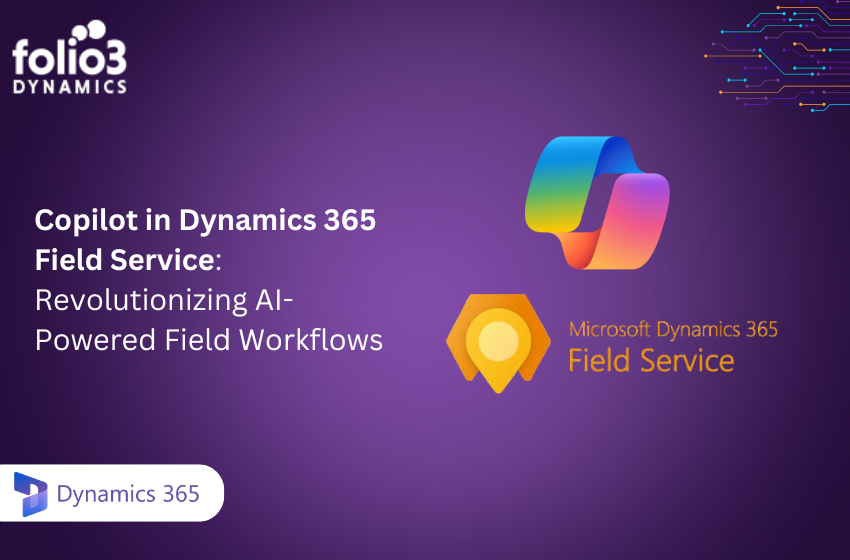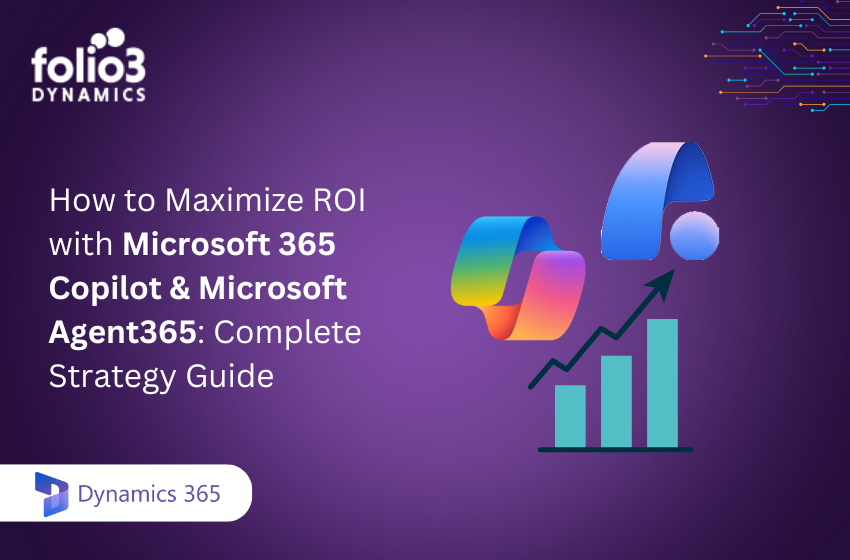According to a survey conducted in 2021, the Software-as-a-Service market is estimated to have a worth of 152 billion U.S. dollars. These figures are expected to climb up to 208 billion U.S. dollars by 2023. These figures alone should be enough to make you realize the importance of this market and how the competition in their market has been increasing tremendously over the past few couples of years.
These figures also suggest that SaaS companies are expected to grow more exponentially as compared to other companies. If you wish to ensure that your company also grows at this rate, you need to use KPIs to measure SaaS performance.
What are SaaS metrics?
As mentioned already, SaaS companies are expected to grow exponentially in the coming years and if you wish to make your company one of those companies achieving all success, you must track SaaS metrics.
SaaS metrics are benchmarks used by SaaS companies to check and track their performance and overall growth. These KPIs, like others, allow companies to gauge their success, make improvements wherever necessary, plan for the future of the company, and make adjustments according to the strategy when and where required.
Why should you use KPIs in a business?
KPI (Key Performance Indicator) measurement helps to:
- Keep an eye on the overall performance of the company to see if you are making progress toward your business goals or not.
- Identify the issues and make improvements wherever necessary
- Make a comparison between your performance in the past and the current one and see what areas need further improvement.
- Make well-driven business decisions based on the insights you get.
- Allocate and utilize data resources effectively.
- Justify investments in technology and people.
Why is Data so important for SaaS businesses?
Data is important for SaaS businesses for several reasons:
- Informs business decisions and strategies
- Improves customer experiences and satisfaction
- Enhances product development and innovation
- Supports marketing and sales efforts
- Monitors performance and provides insights for optimization.
The SaaS economic model is indeed very difficult to understand. Compared to the industry software companies that depend on larger, upfront payments to get a payback in no time, SaaS companies mostly rely on small amounts of recurring revenues.
This is why SaaS companies are difficult to handle in terms of marketing, sales, and customer success because you continuously have to look for ways to attract a huge amount of quality leads that can convert into loyal customers and then find ways to increase the lead volume for the coming years. All of this can be done on a small budget which proves to be highly beneficial for companies and businesses that have just started.
Making sales in SaaS companies is also a bit difficult. You have to make your salespeople so efficient that they close the deals quickly. These are all the reasons why data becomes so important for SaaS businesses.
Examples of key metrics for measuring SaaS performance
So far, we have discussed why measuring SaaS performance with the help of key metrics or KPIs is important. This not only makes your company grow successfully but also adds much value to your company.
But this process might not be as easy as it may look. Measuring the performance of a SaaS (Software as a Service) company can be a bit challenging and time-taking. The success of this process depends on a wide range of factors. These factors include customer investment and for how long the customer is retained in your company, how the product is being used, and the growth in sales revenue.
To make wise and well-driven decisions for your SaaS companies, you need to focus on the health of your company. Therefore, you need to track Key metrics for your company that are not only relevant to your business objectives but are also easy to use and understand.
Let’s now pay attention to a few important and common examples of the key metrics used for tracking SaaS performance.
-
Monthly Recurring Revenue (MRR)
Monthly Recurring Revenue in simple words, is the revenue generated in a month from recurring payments to customers. This useful KPI provides a very good understanding of how stable and predictable your business is. It indicates if your company is following the right path toward your goals or not. This KPI only includes recurring payments from clients who pay for the product or the service they avail on an ongoing basis.
Monthly Recurring Revenue (MRR) is an essential key metric to track SaaS performance because it provides you with an understanding of the growth in the revenue of your business. It also enables you to forecast the revenues that will be generated in the future by your company.
You can calculate monthly recurring revenue (MRR) by taking the total revenue that has been generated from the customers and then finally dividing it by the total number of months in a given time.
-
Customer Acquisition Cost (CAC)
Customer Acquisition Cost (CAC) is the cost of attaining and retaining a new customer in your company, somebody who avails your products or services repeatedly, including all marketing and sales expenses.
This key performance indicator provides an understanding of the overall productivity and efficiency of a SaaS business’s customer acquisition efforts. It can also help determine wherever your business requires improvement. Making such improvements can generate huge sales revenues and provide profits.
You can calculate customer acquisition cost (CAC) by dividing the total cost or expenses of customer acquisition efforts by the total number of new customers that have been acquired and retained in a given period.
A high value of customer acquisition cost indicates that there is a need for a more productive and efficient marketing strategy and method. A low customer acquisition cost implies that the business is effectively developing customers at a low cost.
-
Customer Lifetime Value (LTV)
Customer Lifetime Value is the approximated revenue that a customer generates throughout their lifetime. This happens very effectively in a business.
This key performance indicator provides insight and understanding into the potential value of every customer. It also helps take well-driven, informed decisions about customer retention efforts.
If you wish to calculate customer lifetime value (LTV), multiply the average revenue produced or generated by a certain customer over a specific period by the average lifespan of a customer.
If the value of LTV is high, this implies that more and more customers are generating significant sales revenue over time. On the other hand, a low LTV indicates that a significant number of customers are not using your product or service for a long period or are not spending enough money to justify the cost of acquisition.
-
Churn Rate
Churn rate, in simple words, is the fraction of customers or clients who cancel their order or subscription. They may stop using a SaaS product over a given period.
This KPI provides valuable insight into the overall performance of your team.
The churn rate can be calculated by dividing the number of customers who have already canceled their subscription or have stopped using your product by the total number of customers your company had in the beginning.
A high value of churn rate indicates that there is a need to make improvements in your customer engagement services, whereas a lower value of churn rate indicates that the customers are very satisfied with the product or service you offer and are most likely not going to cancel their subscription shortly.
-
Net Promoter Score (NPS)
Net promoter score (NPS) is a customer satisfaction metric which is used by SaaS business. It shows that your customers will likely recommend your SaaS product to people they know. This will increase your sales revenue and generate huge profits. This can be very beneficial for your company.
It provides an understanding of how effective your business is and how efficiently your products are being sold. It also shows if your customers are satisfied with your products or not.
How can you create a culture of KPI monitoring and improvement in your SaaS business?
When you introduce KPI into your business, you might face a few challenges. Not everyone in your organization may know what KPIs are, how to use them, and what benefits they provide.
For this purpose, you need to ensure that everyone on your team is on the same page. Everyone knows what KPIs are. Arrange some educational sessions for your team to help them understand the basic concept and why KPIs are very important for your organization to move ahead in this field.
What KPI selection mistakes should you watch out for?
There are 2 common mistakes organizations usually make while selecting a KPI:
- Selecting KPIs you’ve always measured.
- Selecting KPIs that are the easiest ones to measure.
How can Microsoft Dynamics 365 help?
Microsoft Dynamics 365 can help measure SaaS performance through KPIs by:
- Providing real-time visibility into key metrics.
- Allowing customization of KPIs to meet specific business requirements.
- Integrating with other data sources to provide a complete picture of performance.
- Providing dashboards and reports for data analysis and decision-making.
- Automating data collection and analysis processes to save time and improve accuracy.
- Offering the ability to create alerts and notifications when KPIs reach certain thresholds.
FAQs
What are Key Performance Indicators?
Key Performance Indicators are estimates used to assess the performance of a business. KPIs can be quantitative or qualitative and are targets that can help you estimate your overall progress against your most strategic objectives.
Why are key performance indicators so important?
KPIs are important because they help you understand where you as an organization stands. It helps you set goals and gives you a deep insight into if you are making progress or not, if you are achieving your goals or not, and if you’re headed in the direction you want.
What Are SaaS metrics?
SaaS metrics are benchmarks used by SaaS companies to check and track their performance and overall growth.


